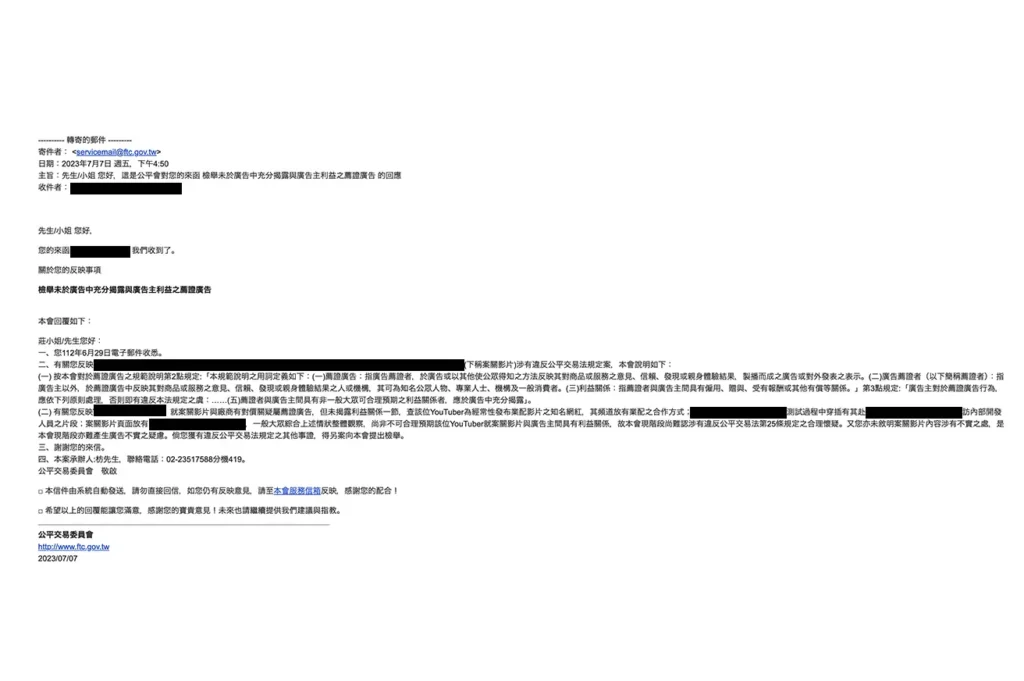Hello! I’m Sato (@slamdunk772), representing applemint, a digital marketing company based in Taiwan.
Today, I want to discuss once again the current landscape of influencers and KOLs in Taiwan.
I’ve chosen this topic because many companies face challenges in achieving desired outcomes when collaborating with Taiwanese influencers and KOLs for PR campaigns. Consequently, very few companies consistently engage influencers.
While some of my clients have successfully utilized KOLs and influencers, my intention isn’t to critique influencer marketing as a whole. However, approximately 80% of the time, outcomes don’t align as expected, contributing to the somewhat unpredictable nature of Taiwan’s influencer marketing.
Success isn’t easily replicated, and there are commonalities in failures, yet many are unaware of the underlying reasons.
Therefore, in this blog post, I’ll explore why influencer/KOL marketing in Taiwan often falls short of expectations. This is solely my personal perspective, and I have no intention of disparaging Taiwan’s influencers or KOLs through this blog.
Instead, I hope this blog sheds light on the current state of influencer marketing in Taiwan as of 2024.
Contents
In Japan and Taiwan, it’s crucial to understand the significant difference in viewer bases
In Japan, there are many influencers (YouTubers) who can sustain themselves without taking on advertising projects. This is because they have a strong viewer foundation.
YouTube ad revenue typically ranges from 0.3 to 0.5 yen per view. It’s reported that income can increase to 0.6 yen per view, especially with older viewer demographics.
Now, let’s consider an example with an ad revenue of 0.4 yen per view. A video with 100,000 views would generate 40,000 yen in ad revenue. Achieving 100,000 views is quite substantial.
One of my YouTube videos went viral with approximately 140,000 views. If I consistently publish two videos per week (eight per month), each gaining over 100,000 views, the revenue would amount to 320,000 yen (40,000 yen × 8).
Generating income solely from YouTube is challenging. Based on experience, sustaining oneself purely through ad revenue requires consistently achieving 300,000 to 400,000 views per video.
This challenge is even greater in Taiwan due to significantly fewer viewers among Chinese-speaking audiences compared to Japanese. Just as demand for traditional Chinese characters is limited to Taiwan and Hong Kong, viewership of Chinese-language YouTube content is similarly constrained.
While some people in mainland China use VPNs to access Chinese-language YouTube videos, this audience represents only a fraction. Therefore, Taiwanese influencers cannot rely solely on YouTube ad revenue and must actively seek PR projects.
By the way, Instagram does not offer earnings based on views of Reels videos. TikTok, on the other hand, has started implementing features where creators can earn rewards based on video views. So, if you distribute content targeting China, your income might increase… (Whether you want to do that is another question altogether…)
In Taiwan, as a result, there has been an overflow of PR campaigns by influencers, leading users to become accustomed to sponsored content, often resulting in them not paying much attention to PR posts anymore.
Regulation of stealth marketing in PR campaigns by influencers and KOLs in Taiwan

In Taiwan, one contributing factor further diminishing the effectiveness of influencers and KOLs is the regulation of stealth marketing concerning them.
Taiwan has a Fair Trade Commission similar to Japan’s Consumer Affairs Agency, which publishes guidelines on influencer activities. Guidelines on online advertising are also stipulated.
Without delving into the specifics of these guidelines, they generally prohibit false representations and mandate disclosure of PR engagements. To assess the effectiveness of these guidelines, we conducted an experiment last year.
In this experiment, we reported a video from a highly renowned Taiwanese YouTuber to the Fair Trade Commission. The YouTuber promoted a product without disclosing it as a PR engagement, while the description contained tracking parameters suggesting it was a sponsored post. The outcome of this report is as follows:

In summary, it was determined that ‘since he is widely recognized as a famous YouTuber, consumers can discern even if the video is a PR content, so it is not illegal.’
From this, it emerges that in Taiwan, even if companies pay influencers, there is almost no need to specify ‘PR.’
A culture of ignoring viewers and the rampant corporate promotion in Taiwan

Taiwanese influencers and KOLs monetize heavily through corporate PR campaigns, compounded by lax regulations on stealth marketing. What has resulted from this situation?
Taiwanese consumers have become more discerning about PR campaigns. The period from 2016 to 2017 was considered the golden age of influencer marketing in Taiwan, when influencer endorsements led to significant product sales.
However, as Taiwanese users began recognizing PR posts as advertisements, trust in influencer content gradually declined, diminishing their influence.
Conversely, due to inflation and past successes, influencer rates have risen. Yet, very few companies can recover their costs with a single post. For instance, if an influencer charges NT$50,000 (approximately $25,000), it’s rare for a company to generate sales exceeding that amount from a single post.
Despite this, influencer PR posts continue in Taiwan, driven by companies that have not yet faced failures. 😅
While some companies achieve results and continue to engage influencers, many try once and decide ‘enough is enough.’
Additionally, many influencers lack professional scriptwriters or directors when producing PR videos. Instead, they often follow company directives, resulting in numerous videos that fail to captivate beyond product functionalities. Influencers earnestly strive for over-the-top reactions to satisfy companies, often resulting in less engaging content.
Finally, can Taiwanese influencers be recommended? Personally, I do not recommend them due to their low success rates and high gamble factor.
However, if recommending, choose influencers who regularly engage with their audience. While follower demographics matter, the frequency of influencer-audience interactions is paramount.
This concludes the report on the current state of Taiwanese influencers in 2024, presented by Sato, representing applemint!
Click to contact applemint.




